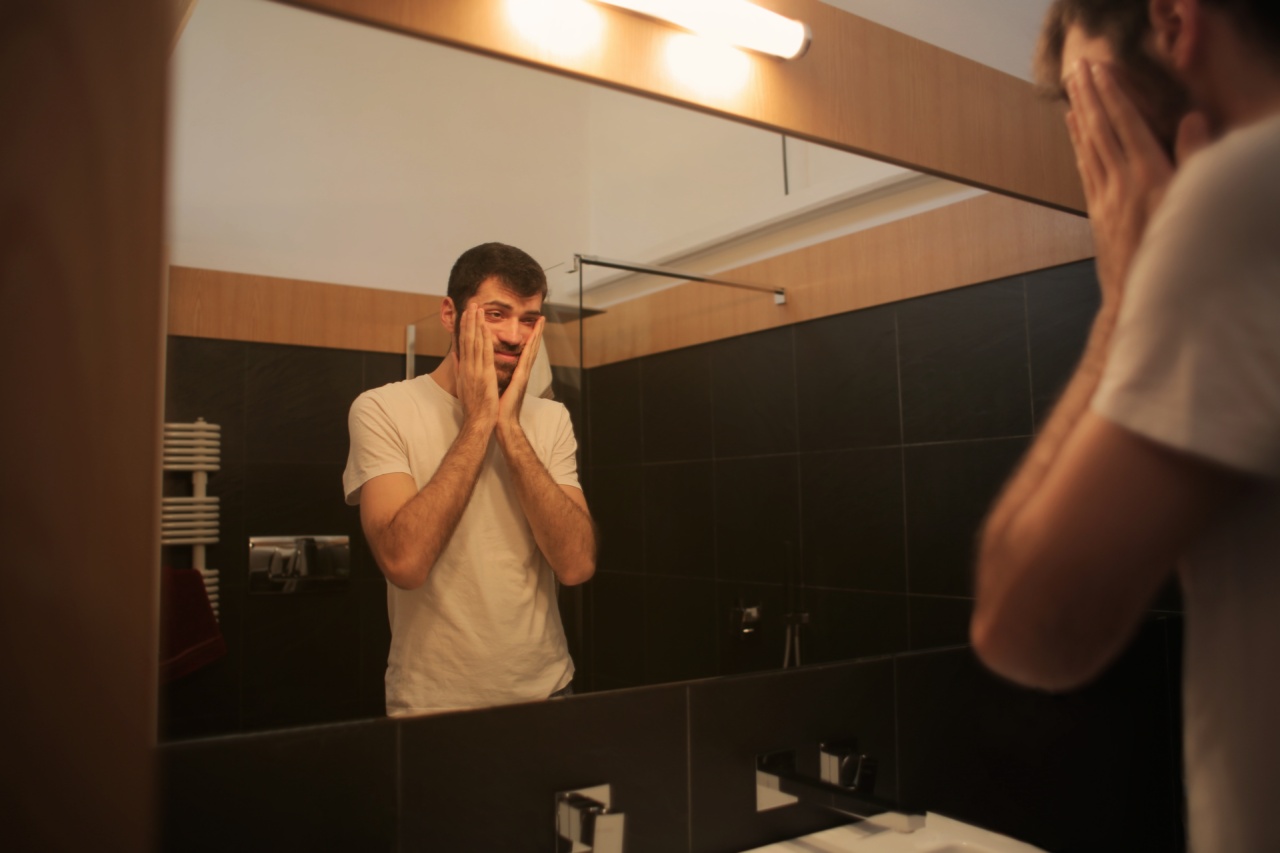Migraines can be incredibly debilitating, causing intense headaches, nausea, and sensitivity to light and sound.
If you are someone who frequently suffers from migraines, you know how important it is to find effective techniques for preventing and managing them. Thankfully, there are various techniques and strategies that can help you reduce the frequency and intensity of migraines, allowing you to live a healthier and happier life.
In this article, we will explore some of the most effective techniques to never suffer from migraines again.
1. Identify Your Triggers
One of the first steps in preventing migraines is to identify the triggers that often lead to their onset.
Triggers can vary from person to person, but common ones include certain foods (such as chocolate, cheese, and processed meats), hormonal changes, stress, lack of sleep, strong smells, and bright lights. By keeping a migraine diary where you record your activities, food intake, and the onset of migraines, you can start to identify your unique triggers and take steps to avoid or minimize their impact on your health.
2. Manage Stress Levels
Stress is a significant trigger for migraines, so finding effective stress management strategies is crucial. Consider practicing relaxation techniques such as deep breathing exercises, mindfulness meditation, or yoga.
Engaging in regular physical activity can also help reduce stress levels. Additionally, it may be helpful to identify the sources of stress in your life and take steps to minimize or eliminate them. This could involve setting boundaries, seeking therapy or counseling, or changing your work or living environment.
3. Maintain a Consistent Sleep Schedule
Disrupted sleep patterns can contribute to migraines. It is important to establish a consistent sleep schedule by going to bed and waking up at the same time every day, even on weekends.
Create a relaxing bedtime routine, such as reading a book, taking a warm bath, or listening to calming music, to signal to your body that it is time to unwind and prepare for sleep. Ensure that your sleeping environment is dark, cool, and free from distractions to promote deep and restful sleep.
4. Stay Hydrated
Dehydration is a common trigger for migraines, so it is essential to stay adequately hydrated throughout the day. Make it a habit to drink plenty of water and limit your consumption of caffeinated beverages and alcohol, as they can lead to dehydration.
Carry a water bottle with you wherever you go and set reminders to drink water regularly, especially in hot weather or when engaging in physical activity.
5. Follow a Well-Balanced Diet
What you eat can significantly impact your migraine frequency. Avoid skipping meals, as irregular eating patterns can trigger migraines. Instead, opt for a well-balanced diet that includes plenty of fruits, vegetables, whole grains, and lean proteins.
Some studies suggest that reducing the intake of processed foods, artificial sweeteners, and additives may also help prevent migraines. Experiment with eliminating potential trigger foods from your diet to determine if they have an impact on your migraines.
6. Regular Exercise
Engaging in regular exercise not only promotes overall well-being but can also help reduce the frequency and severity of migraines. Physical activity releases endorphins, which act as natural painkillers and mood enhancers.
Aim for at least 30 minutes of moderate-intensity exercise most days of the week, such as walking, swimming, or cycling. However, be mindful not to overexert yourself, as intense exercise can also trigger migraines in some individuals.
7. Try Acupuncture
Acupuncture, an ancient Chinese practice, involves inserting thin needles into specific points on the body. It is believed to restore the balance of energy flow, known as Qi.
While evidence of its effectiveness in treating migraines is mixed, many individuals report positive results. If you are considering acupuncture, consult a licensed acupuncturist who specializes in migraines and discuss if it may be a suitable treatment option for you.
8. Explore Biofeedback
Biofeedback is a technique that helps individuals gain better control over their bodily functions, such as heart rate, blood pressure, and muscle tension.
It involves using sensors to monitor these functions and providing immediate feedback to the individual. By becoming more aware of their body’s responses, individuals can learn to control and reduce symptoms associated with migraines. Biofeedback is often used in combination with other relaxation techniques to manage migraines effectively.
9. Consider Supplements and Herbs
Several supplements and herbs have shown promise in reducing the frequency and severity of migraines. These include riboflavin (vitamin B2), magnesium, CoQ10, butterbur, and feverfew.
However, it is important to consult with a healthcare professional before adding any new supplements to your routine, as they may interact with medications or have potential side effects.
10. Consult a Healthcare Professional
Finally, if you continue to suffer from migraines despite trying various self-help techniques, it is essential to consult a healthcare professional.
They can provide a proper diagnosis, rule out any underlying medical conditions, and recommend appropriate treatment options. This may include prescription medications, Botox injections, nerve blocks, or referral to a specialist such as a neurologist or headache specialist.
Conclusion
Migraines can significantly impact one’s quality of life, but with the right strategies and techniques, it is possible to regain control and lead a migraine-free life.
By identifying and avoiding triggers, managing stress levels, maintaining a consistent sleep schedule, staying hydrated, eating a well-balanced diet, engaging in regular exercise, and exploring alternative therapies, you can significantly reduce the frequency and intensity of migraines. However, it is important to remember that each individual is unique, and what works for one person may not work for another.
Be patient, stay optimistic, and work closely with healthcare professionals to find the most suitable techniques for your specific needs.































